What are the flavor and taste characteristics of Ethiopian coffee beans? introduction to the varieties of Ethiopian Coffee from Sidamo

The flavor of Ethiopian coffee beans is famous for its elegant floral aromas, citrus, lemon, tropical fruit aromas and fruit-tea-like tastes. it is often the preferred producing area for boutique coffee fans, such as Yega Sherfield, Sidamo, and so on. In this article, Qianjie takes you to know the famous coffee producing area of Ethiopia-Sidamo.
Characteristics of Coffee planting in Ethiopia
The uplift of Ethiopia forms an excellent climatic environment, with a tropical rain forest climate, abundant rainfall and fog, and a significant temperature difference at an ultra-high altitude of about 2,000 meters, providing a unique environment for coffee trees to grow.
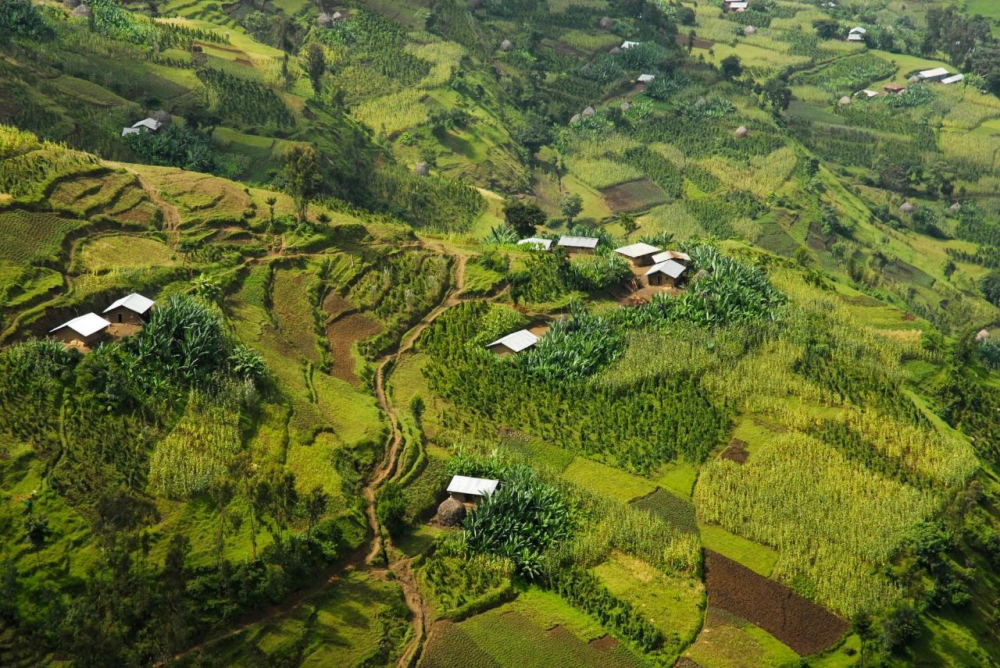
Local coffee production patterns are divided into four types: forest coffee, semi-forest coffee, pastoral coffee and large plantations, of which pastoral coffee is the most common. The so-called pastoral coffee refers to the mixed management of coffee trees and other economic crops in their own fields, usually planted with banana trees, which forms a unique green landscape in front and backyard of every house. this is the main mode of production in Ethiopia.
It is believed that there are many careful friends who notice the uneven size and shape of the beans when brewing Essel coffee beans. As the birthplace of Arabica coffee, the variety of Ethiopian coffee is so large that it is almost impossible to test and verify them on a larger scale. At the same time, the local government wanted to protect these unknown varieties from practitioners in various countries, so they decided to name these varieties after the native species "Heirloom". Heirloom native species are generally small particles, more round appearance, the shape will not be very uniform, mostly between 14-15 mesh, in the cup test often show elegant flower and fruit flavor, deeply loved by people.
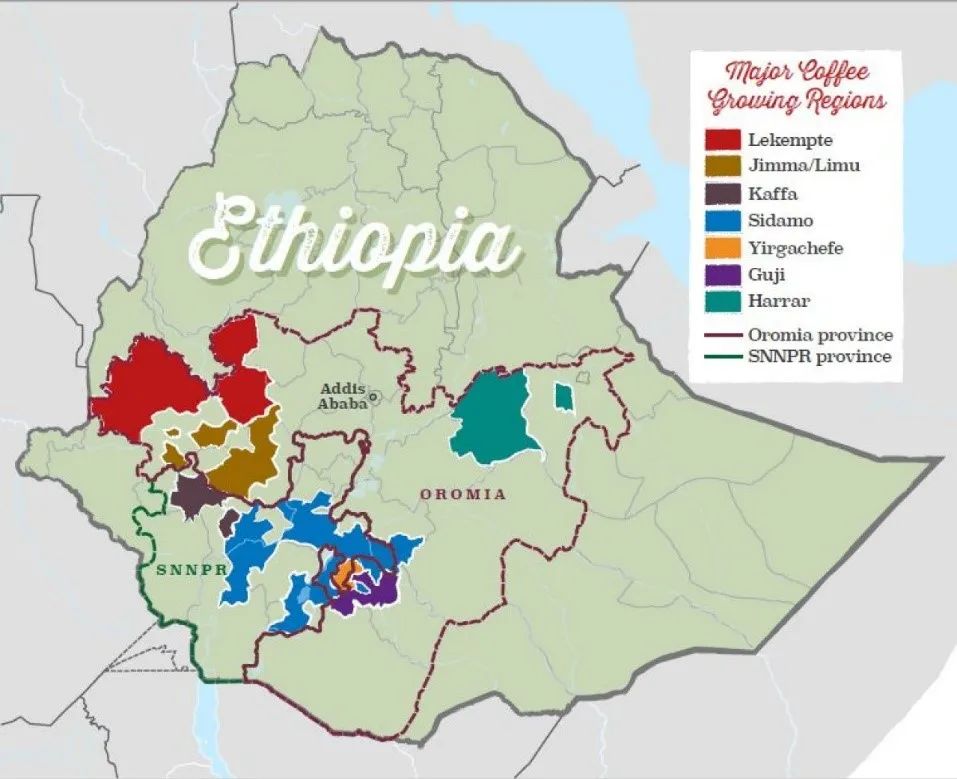
Administratively, coffee is grown in five major states in Ethiopia, and the four major planting systems are distributed in the following nine major producing areas of Ethiopia: Jinma, Sidamo, Yegashefi, Hara, Lim, Iruba, Kinby (Lekanti), Tibby, and Bebeca. Among them, Yega Snow Coffee, Harald Coffee and Sidamo Coffee are the most famous.
Sidamo coffee is also grown by small farmers.
Sidamo, located in the fertile plateau south of Lake Awasa in the Great Rift Valley of East Africa, Rain Water is abundant, suitable climate, up to 1500-2200 meters above sea level, is the perfect place for coffee cultivation. Due to the high altitude and moderate shade planting, the coffee fruit can ripen slowly at cool temperatures and accumulate more nutrients into flavor substances.

Like other producing areas in Ethiopia, Sidamo coffee is also grown by small farmers. Small farmers grow very little coffee, and there will be local coffee cooperatives and processing plants, which are mainly responsible for the handling of raw coffee beans in the region. During the coffee ripening season, coffee farmers send the harvested coffee fruits to nearby treatment plants (cooperatives) established by water sources for unified treatment, which will then be sold in the name of the treatment plant. Nowadays, with the development of boutique coffee, many producers will purchase directly with farmers to strengthen the management and traceability of coffee micro-batches, so the quality of coffee has been further improved and more refined micro-batches have been obtained.
What are the flavor characteristics of Sidamo coffee?
When we choose and buy a type of coffee, in addition to the origin, we will also pay attention to its post-treatment, because the flavor and tonality of coffee is largely affected by the way it is handled. Sunburn is the oldest traditional treatment in Ethiopia, and this natural drying method is still used in most parts of Sidamo to treat raw beans. The classic Sidamo flavor is the sun-treated coffee, which is famous for its mellow and full-bodied coffee, with complex sweetness, sticky and smooth taste, rich layers of spices, flowers and fruit aromas, accompanied by bright sweet.
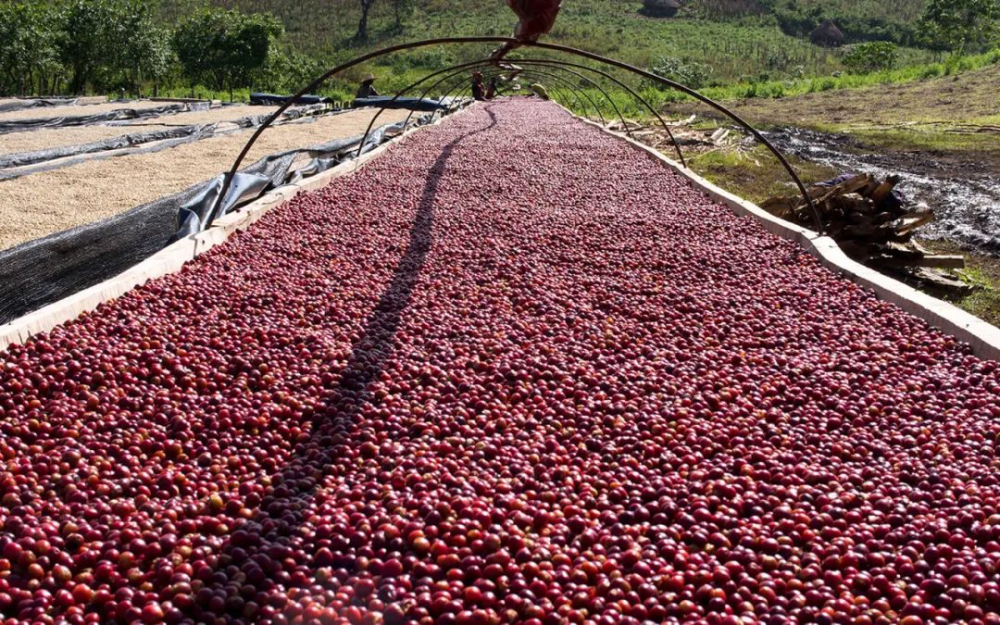
Compared with water washing, the fermentation time of sun treatment was longer, and the reaction degree between bacteria and pulp was higher. When the fruit begins to ferment, microorganisms produce more volatile compounds, especially esters. Although most sugars are destroyed during baking, these compounds are converted into another form of aromatic compounds during caramelization. It is also these aromatic substances that provide more floral aromas and fermented aromas of tropical fruits for ripe coffee beans, such as furan compounds, which make sun-cured coffee wider and sweeter. The Sidamo Sakuran coffee beans on the front street bean list are also selected from the sun batch, from Humbela, and many guests love them because of their saturated sweetness.

Gujinbela Sakuran
Humbera is located at the junction of the West Damo and Guji producing areas, under the management of the Guji producing area, adjacent to the Cochelle Mountains in Yegashefi, with an elevation of 3200 meters above sea level, making it the highest sub-area in Ethiopia. Sakuran Coffee began to appear in 2017 when DW selected it as the TOH (Ethiopia National Taste of Harvest competition) of the year and won the championship. Huakui is called Hambella in English, that is, the place name of Hambela. Huakui Coffee is a sun-dried coffee bean from the Buku Abel processing plant in Gucci. Buku Abel, the buku processing plant, will buy coffee cherries in different areas near the farm for processing and sale.

During the annual coffee harvest season (December-January), Buku processing plants organize farmers to pick all-red coffee cherries with a sugar content of more than 30 and put the selected coffee fruits on African scaffolding to dry. As the local temperature difference between day and night is very large, farmers will cover the sun at noon to avoid too high temperature and overferment, and at night they will be wrapped in plastic sheeting to prevent sudden showers. Turn continuously throughout the day to make the fruit evenly dry while preventing the fruit from sunburn or unpleasant fermentation flavor. After about 18 days of sun treatment, the shell of raw coffee beans can be removed by machine with a moisture content of only 13%.
Qianjie wanted to show the full fruit flavor of Huakui coffee, so it was roasted in medium and light degree. Through the cup test, the dried aroma of sun-dried Sidamo Sakui coffee has nutty, honey, berry and light fermented aromas, with full sweet and sour taste of passion fruit, cream and strawberry on the palate, and body with a cocoa finish.
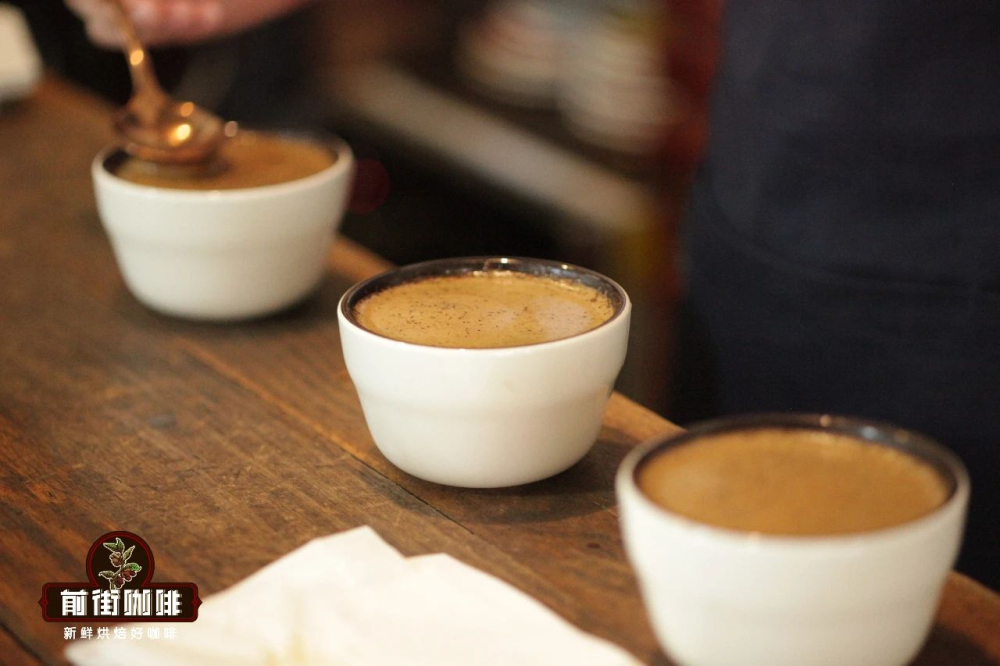
How do you make Sidamo Sakuran coffee?
Filter cup: V60 water temperature: 92-93 degrees Celsius powder: 15g powder-water ratio: 1:15 Grinding degree: fine sugar size (No. 20 sieve bowl sieve powder to 78%)
Three-stage water injection: wet the powder bed with twice as much water as coffee powder to form a drum and steam for 30s, then fill the small water from the inside to the outer circle to 125g, wait for the powder bed to drop to half of the filter cup, and continue to inject the same fine water into the third section to 225g, until all the coffee liquid has been filtered and remove the filter cup for about 2 minutes.
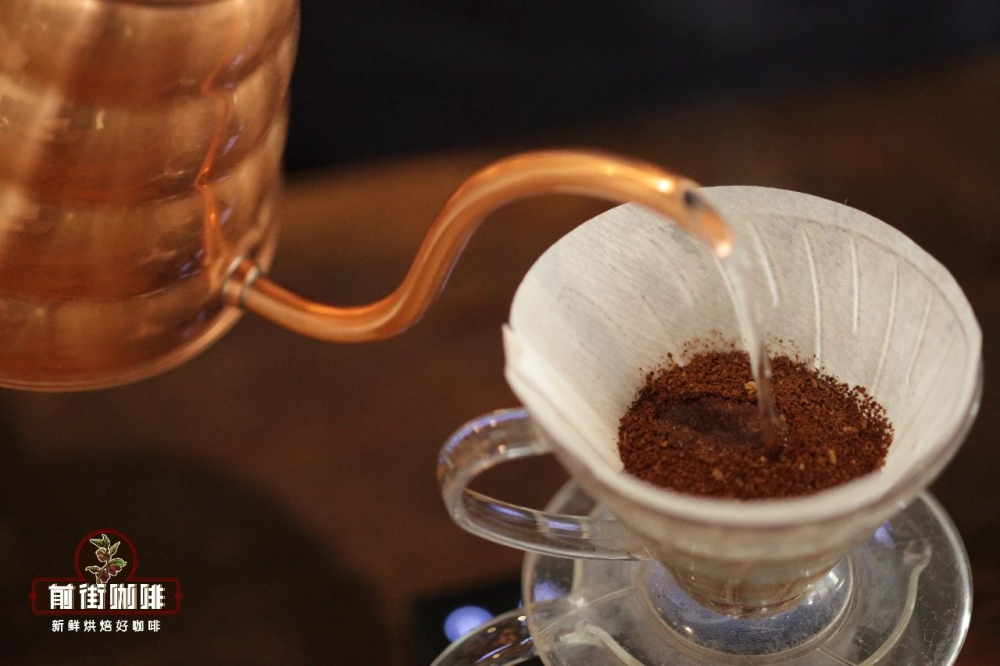
Professional coffee knowledge exchange more coffee bean information please follow the coffee workshop (Wechat official account cafe_style)
For more boutique coffee beans, please add private Qianjie coffee on Wechat. WeChat account: qjcoffeex
Important Notice :
前街咖啡 FrontStreet Coffee has moved to new addredd:
FrontStreet Coffee Address: 315,Donghua East Road,GuangZhou
Tel:020 38364473
- Prev
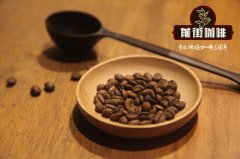
One of the recommended brands of Ethiopian coffee The flavor of Ethiopian coffee cultivation
Professional coffee knowledge exchange More coffee bean information Please pay attention to coffee workshop (Weixin Official Accounts cafe_style) Qianjie-Ethiopian coffee introduction Different coffee producing areas have different varieties and climates, and the cultivation, harvesting, processing and processing processes of coffee are also different, so the coffee obtained has its own characteristics in flavor. When choosing and tasting coffee,
- Next

Ethiopia washing Yegashefi G1 washing treatment Xinlinu story behind the small farmers
Professional coffee knowledge exchange More coffee bean information Please pay attention to coffee workshop (Weixin Official Accounts cafe_style) Qianjie-Yega Xuefei washing G1 Xinlinu small farmers introduced YCFCU cooperative, introduced as follows: YCFCU small farmers, harvested coffee, transportation process is particularly difficult, first beans in coffee farmers 'own small farm after harvest, preliminary screening, and then concentrated in the village
Related
- Beginners will see the "Coffee pull flower" guide!
- What is the difference between ice blog purified milk and ordinary milk coffee?
- Why is the Philippines the largest producer of crops in Liberia?
- For coffee extraction, should the fine powder be retained?
- How does extracted espresso fill pressed powder? How much strength does it take to press the powder?
- How to make jasmine cold extract coffee? Is the jasmine + latte good?
- Will this little toy really make the coffee taste better? How does Lily Drip affect coffee extraction?
- Will the action of slapping the filter cup also affect coffee extraction?
- What's the difference between powder-to-water ratio and powder-to-liquid ratio?
- What is the Ethiopian local species? What does it have to do with Heirloom native species?

